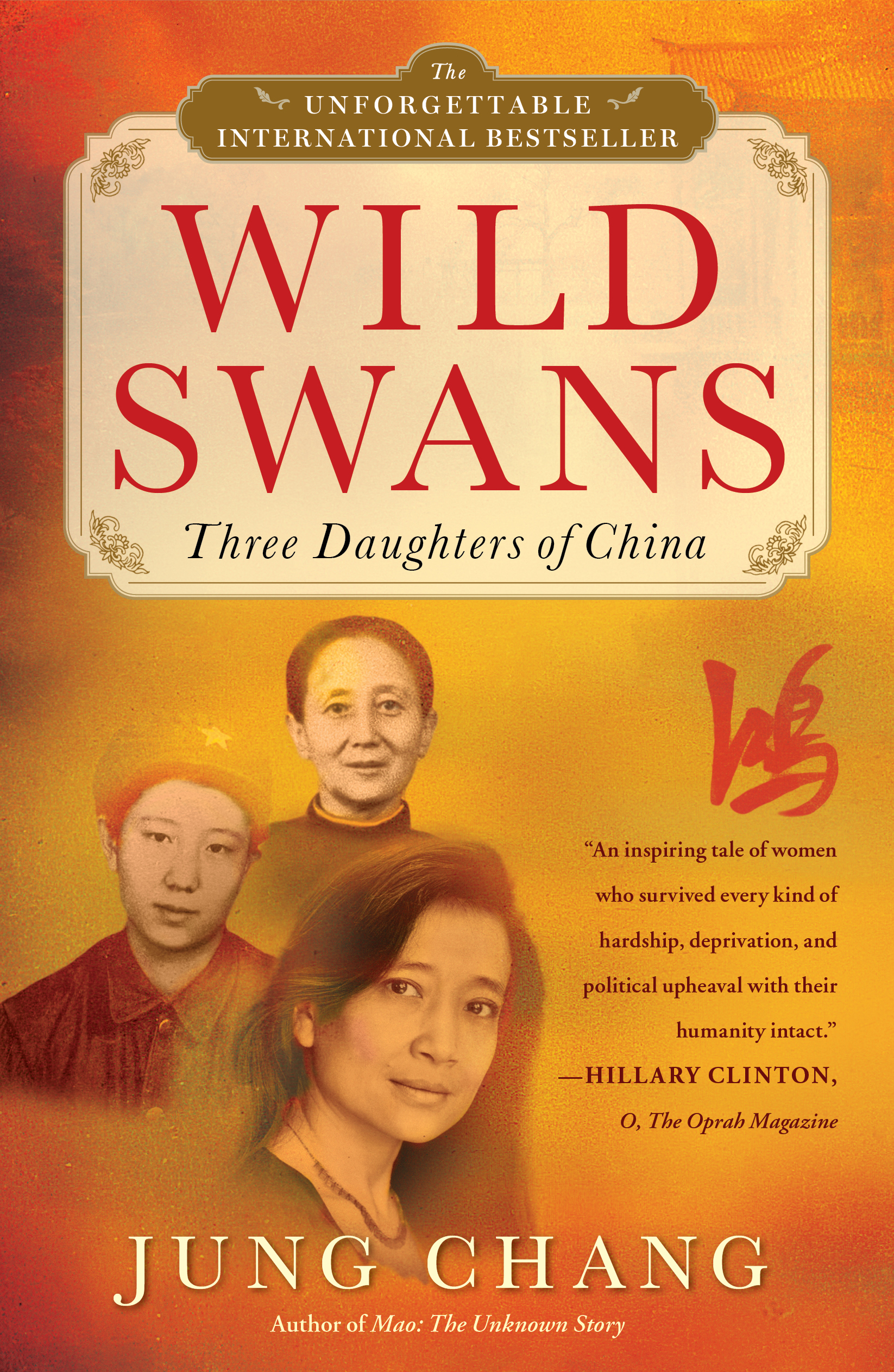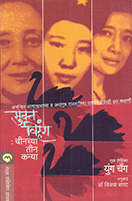


This character trait was not unique to Chang’s father. Her father’s zealotry caused Chang’s parents marital strife, for he put the Party ahead of his family. Chang’s mother was a devoted Communist, but her father was a zealot who, since 1940, had given himself entirely to the Party. These early and middle chapters detail Chang’s mother’s childhood in Japanese-occupied Manchuria, her activity on behalf of the Chinese Communists, her marriage to a veteran Communist revolutionary, the birth of her five children, and her experience as a Communist official from the early 1950s through the end of Mao’s Great Leap Forward and the resulting famine in 1962. Chapters 4-12 feature Chang’s mother, though Chang’s grandmother and especially Chang’s father also appear prominently. Chapters 1-3 focus primarily on Chang’s grandmother’s experience as a young woman in Manchuria, first as a warlord’s concubine and then as wife to a doctor 40 years her senior. When Chang was at work, her mother stayed home alone and spoke into a tape recorder, resulting 60 hours’ worth of recordings. During this visit, Chang’s mother told her the full story of their family’s experience.

Mao, the megalomaniacal dictator responsible for the persecution and death of tens of millions of Chinese citizens, emerges as the story’s primary villain.Īs she explains in the afterword to the book’s 2003 edition, Chang began writing Wild Swans following her mother’s 1988 visit to London, where Chang had been living for the past decade. Interwoven with Chang’s family story is the often dark and brutal history of 20th-century China, which Chang chronicles from the fall of the Manchu Dynasty in 1911 through the aftermath of Mao Zedong’s death in 1976. The book opens with the birth of Chang’s grandmother in 1909 and concludes on September 12, 1978, when Chang, a 26-year-old scholarship recipient, left Peking to begin her studies in Great Britain. Wild Swans tells the story of three generations of Chinese women: Chang’s grandmother, Chang’s mother, and Chang herself.


 0 kommentar(er)
0 kommentar(er)
